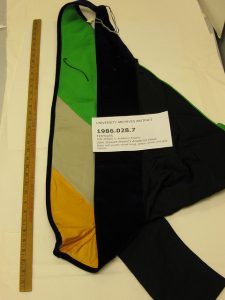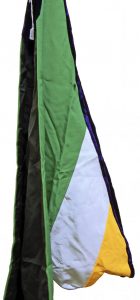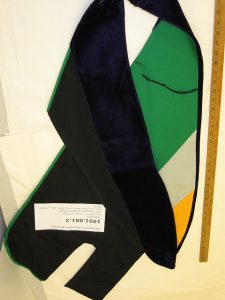College of William and Mary
Virginia
1693
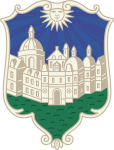

During the 19th and early 20th centuries, the colors of the College of William & Mary were orange and white. Orange was taken from the family colors of William of Orange and white was taken from the white rose of York. Because the white color soiled easily, in 1911 the William & Mary football team began wearing orange and black for practical purposes, the black taken from the family colors of King William’s House of Nassau. The heraldic description of the college’s original coat of arms (1694) was rediscovered around 1922, so by 1924 the school colors were changed to the green, gold, and silver colors used in the coat of arms.
Citations in the World Almanac (listed by cover date; color information is from the previous year): orange/white (1895); white/orange (1911-1931); green/gold/silver (1934-1935)
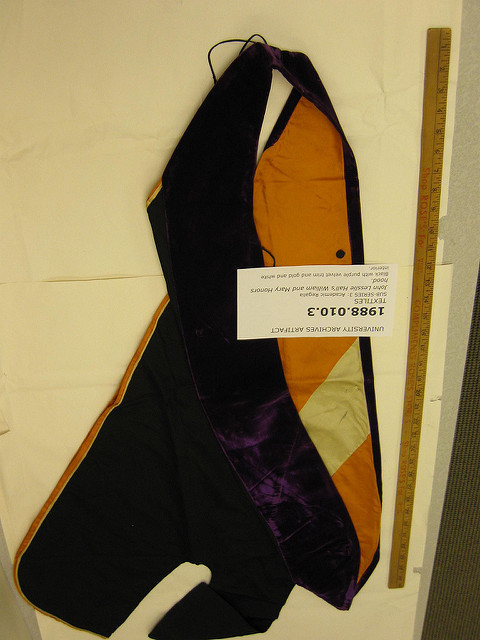
The College of William & Mary is an example of an institution that did not appear in the 1909 and 1910 editions of the World Almanac, which suggests that the college’s hood lining description cited by Haycraft might have been from information he received from the IBAC around 1912. Haycraft described William & Mary’s hood lining as orange with a white chevron.
Between 1922 and 1924 the Intercollegiate Bureau reassigned William & Mary a new hood lining pattern with its newly adopted colors of green, white, and gold, and assigned the college’s former orange and white hood lining pattern to the California Institute of Technology. A 1927 IBAC list described William & Mary’s new hood lining as “emerald green, silver gray, gold orange (equal parts)”.
The IBAC introduced a heraldic division they called “equal parts” after 1902; it was a division of the hood lining into three equal parts, usually with a chevron-shaped division of the colors. Essentially it was a division of the hood lining using an extremely wide chevron. The IBAC did not use the “equal parts” division with much frequency, probably because the upper color tended to be hidden when the hood was worn, giving the lining the appearance of being divided per chevron. For this reason, later IBAC descriptions of William & Mary’s hood lining used a regular (four- to five-inch wide) chevron.
During this period the Intercollegiate Bureau tended to imagine the academic hood lining as a heraldic inversion of a college’s shield, so William & Mary’s hood lining pattern is an inversion of the order of colors in its coat of arms, with gold at the bottom (for the sun), the silver chevron (for the city), and green at the top (for the grass).
The color of the college’s chevron was stated to be “silver gray”, which was how the IBAC described a light gray. (The IBAC did not use metallic fabrics.) The color above the chevron was said to be emerald green, and below the chevron the color was gold orange, which is how the IBAC sometimes described gold. Here the true metallic colors of fabric are used.



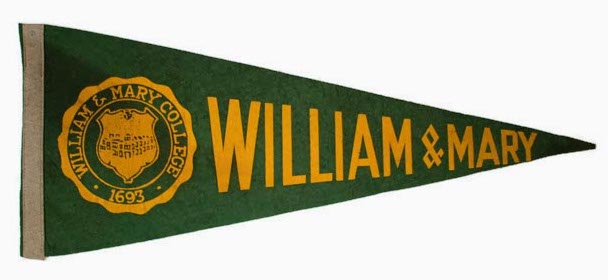
The chapter on American academic hoods in the 1923 edition of The Degrees and Hoods of the World’s Colleges and Universities by Frank Haycraft included a description of the 1895 Intercollegiate Code of Academic Costume and a long list of schools, each with a description of its hood lining. The chapter was written in a way that implied that this list was from the Intercollegiate Bureau of Academic Costume (IBAC). Actually, most of Haycraft’s American hood information was out of date (from c.1912) or inaccurate, derived from a chart of college colors in the 1909 and 1910 editions of the World Almanac, with the first color in this chart interpreted by Haycraft to indicate the lining color of the school’s hood and the second color in the chart interpreted to indicate the chevron color of the school’s hood.
That said, some of the schools in Haycraft’s book did not appear in the 1909 and 1910 editions of the World Almanac or were listed differently in those sources. So apparently Haycraft was given a partial list of college and university hoods from the IBAC and he supplemented that list with additional schools from the 1909 or 1910 World Almanac.


